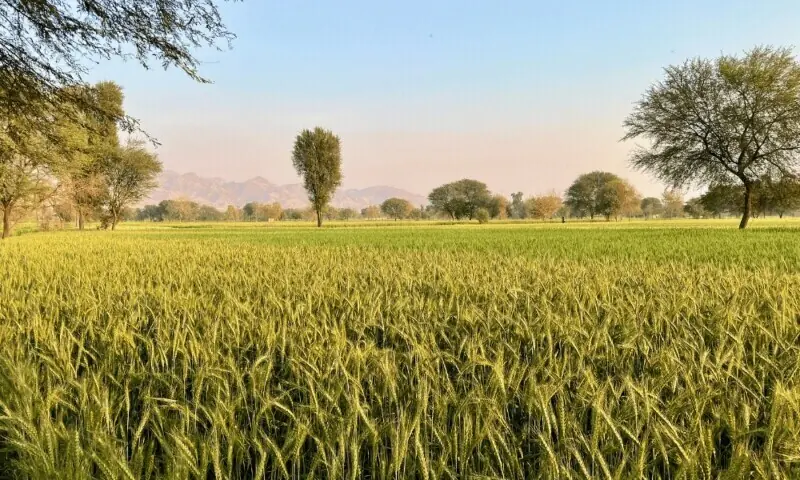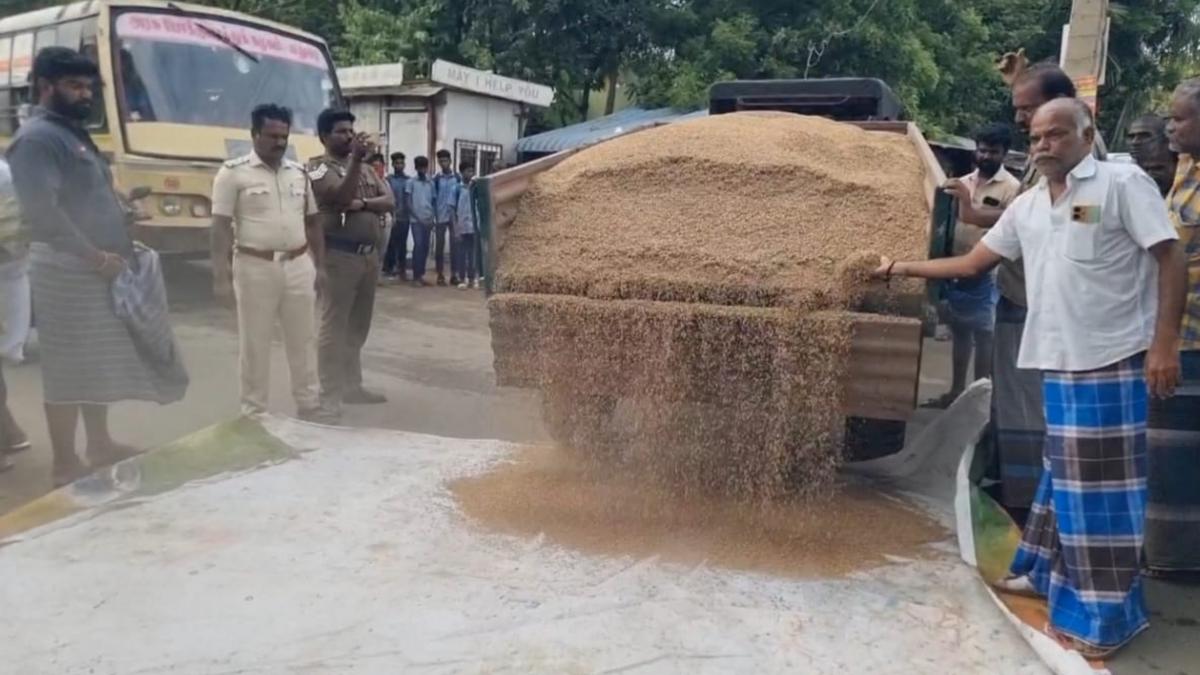By Aijaz A. Nizamani
Copyright dawn

Pakistan is experiencing one of the most severe floods in its history, which has affected millions of acres of farmland and communities in the vital food basket areas of central and southern Punjab. These deluges are arguably different and devastatingly more severe than the ones experienced on the right bank of the Indus River in Sindh in 2022.
The floods in Sindh were caused by an awful infrastructure. Sindh floods caused severe damage to structures, particularly schools, and impacted agricultural growth. The floods we are experiencing in Punjab will have a massive impact on our food situation. Wheat price is already up, and a severe crisis is brewing as government warehouses are without grain stock.
The question on everyone’s mind is who would fund the planting of the future wheat crop and wider rehabilitation efforts, given that the river has decimated farmers in Punjab, particularly those in the Ravi and Chenab regions? It has usually been observed that floods and other severe natural calamities do not result in higher bank loan defaults in Pakistan.
This is perhaps an indicator that our formal financial system, particularly the banking sector, has a limited footprint as far as farming and agri-economy is concerned.
With increased defaults from farmers as a result of current floods, the terms of new financing from money lenders would be more onerous than usual
Every year, the central bank sets an agri credit target, which is well over Rs2 trillion, and is usually “achieved” perhaps with the help of creative accounting. For the farming community, informal lending mechanisms prove to be the lifeline. The private money lenders in Sindh and arthis in Punjab would pick the bill and would certainly fund the agriculture, particularly the upcoming wheat planting, which is due in about two months’ time.
With increased defaults from farmers as a result of current floods, the terms of new financing from money lenders and arthis would even be more onerous. It is usually seen that the best of the best clients (with local “AAA” ratings) in the farm sector receive money lenders’ capital at the rate of five per cent a month.
Any slight dent in the rating easily takes the rate into the 10pc a month territory as the interest cost. The cost of the capital is not the only issue. As money lenders provide a package deal and, along with finance, they are input sellers and output purchasers of the same crop, the farmers get a raw deal as cash makes the money lenders the king.
The two biggest drawbacks of local and informal money lending are that farmers cannot negotiate the quality and pricing of input while buying stuff on credit. Similarly, while selling the output (to the same money lenders), the farmer is in no position to negotiate the price and terms of his payment from the purchaser, who is the same money lender.
The two biggest drawbacks of local and informal money lending are that farmers cannot negotiate the quality and pricing of input while buying stuff on credit
Pakistan’s agriculture and wider farming continue in this quagmire, and no agri transformation is possible when farmers are at the mercy of local money lenders.
Finance is the most sensitive element of modern economies and is strongly regulated both in advanced economies and in developing ones. It is the governments and the central banks who decide where and how capital is allocated in an economy.
For Pakistan’s agri credit needs, the most vital piece of policy is the State Bank of Pakistan’s (SBP) Prudential Regulations for Agriculture Financing, which were last revised in February 2024. This is a comprehensive document spanning over 26 pages. It essentially describes what banks can finance in the agricultural and allied livestock sectors.
A careful study of the prudential regulations for agri-credit reveals that they are rather too restrictive, and credit facilities are confined to running finance (for crops and livestock) with a one-year maturity. This category is more like bean-counting and does not allow room for any creative mechanism.
Similarly, the other category is vaguely development financing with a loan tenor of one to ten years. The prudential regulations emphasise that the loan amount must not be more than the forced sale value (FSV) while putting in safeguards against the misuse of FSV. The entire document has not a single reference to climate change or a phrase about agricultural transformation.
To modernise the finance for a resilient and transformative agriculture, we need to work on the SBP prudential regulations. The Produce Index Units (PIU), a bureaucratic mechanism to set land productivity scales, need to be more market-based. This is something that bankers already practice.
The prudential regulations should allow banks (and the wider financial market) to market valuations of the farmland assets and set liberal loan limits while keeping FSV into consideration. Farmlands already have stratospheric valuations in Pakistan and would be good enough for larger limits to farmers and rural entrepreneurs.
This would provide a proactive mechanism for institutional financiers, including banks and farmers, to respond to the needs arising from the current flood situation. Farmers would be required to submit a specific business plan or plans, either for rehabilitation or transformation, within the limit, and would be happy to pay a reserve fee for the sanctioned amount. Things have to change at the top if we expect improvement at the bottom.n
The writer is a former Secretary of Forest & Wildlife, Sindh and a hands-on farmer. Email: aijazniz@gmail.com
Published in Dawn, The Business and Finance Weekly, September 15th, 2025



